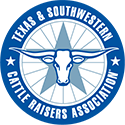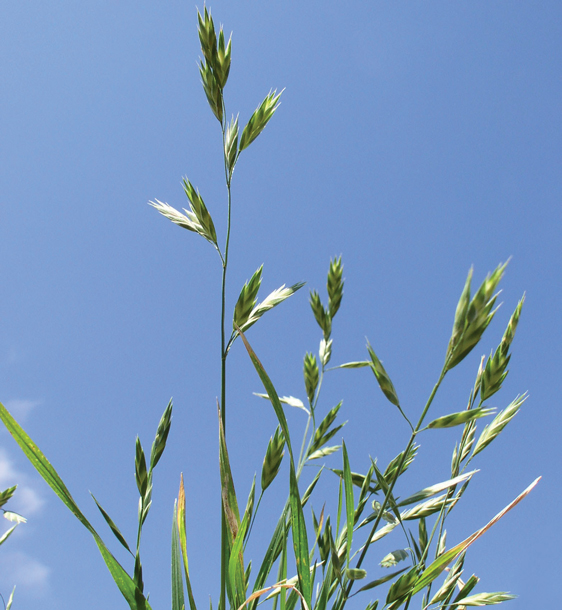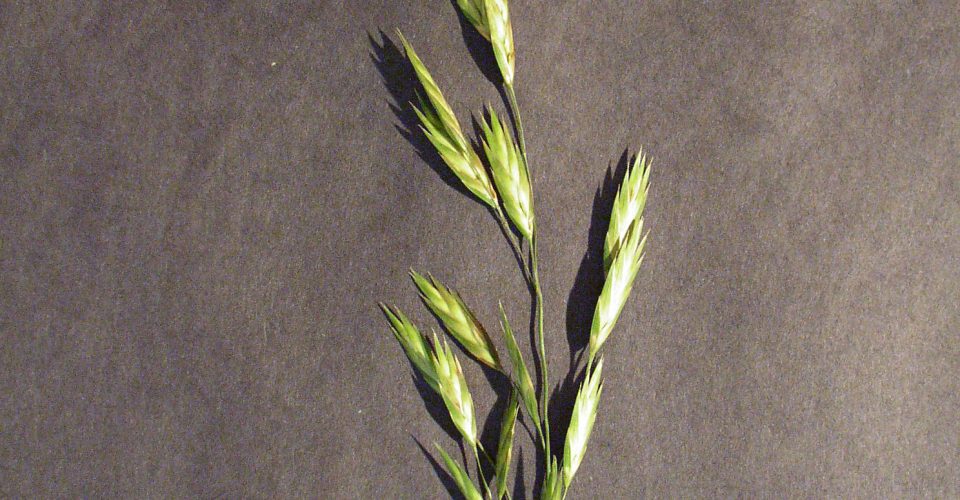Rescuegrass (Bromus unioloides)
Rescuegrass is an annual, weedy midgrass that was introduced from South America as forage for cattle.
It gets its name because it is one of the first plants to appear in the spring following a drought or harsh winter, coming to the “rescue” for livestock producers.
- Can be found growing in disturbed sites, lawns, ditches and pastures throughout the country
- Can reach a height of 24 to 36 inches
- Grows best in moist, fertile soil
- Produces spikes of flat seed awns that form alternating bands of light and dark green
Rescuegrass can provide a good, quality forage for domestic livestock in late winter and early spring. Whitetail deer and other wildlife species often utilize it when it is young and highly palatable.
Editor’s note: Kent Ferguson, retired rangeland management specialist from USDA Natural Resources Conservation Service (NRCS), is providing us with plant identification photo stories to help ranchers identify those forbs, forages and species growing in the pastures. Additional photos provided by USDA NRCS.
Rescuegrass is excerpted from the January 2015 issue of The Cattleman magazine.




